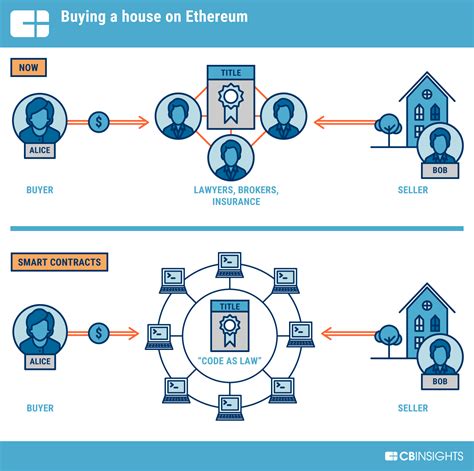CRYPTOCURRENCY
Ethereum: How do miners detect double-spending?
Find the double expense in Ethereum: depth in mining
Ethereum, one of the most popular decentralized applications (DAPP) based on its original cryptorrenia, Ethereum Classic (etc.), has been fighting for a long time with the main problem that affects not only users but also miners. The problem is known as a double expense in which the user tries to spend the same cryptocurrency twice without having noticed or beaten.
In this article, we will examine how miners find and avoid double expense in the Ethereum network.
Understand the double expense
Double expenses occur when the user tries to spend the same currency twice, either using it as payments for goods or services, or transfer them from the wallet to another address. This is often known as “double expense” because two equal transactions in the block chain are recorded.
As the miners find double expense

The miners play a decisive role in the detection of double expense when monitoring the entire block chain. This is what they do:
- This block is then added to the block chain.
- Verification of transactions : Miners verify each transaction within the block verifying their validity against the Ethereum rules. They will also verify that the sender has enough funds in his wallet to carry out the transaction.
- Block chain analysis : After verifying all transactions, the miners analyze the entire block block to detect any suspicious activity. This includes:
* Duplicate transactions control
* Verification that the transaction is spent on an empty wallet (that is, there are no means available)
* Ensure that the transaction is not carried out with non -valid or expired input parameters
- HASH FUNCTIONS : Miners use complex mathematical algorithms known as hash functions to guarantee the integrity of the block chain. This hashs presents all the data in the block and create a unique fingerprint (or “hash”) that represents the entire block.
- Hashov comparison : When comparing the hashas of each transaction within the block with the corresponding outputs, the miners can detect any anomalies or irregularities.
Prohibit task to avoid double expense
To avoid two expenses, the miners use several techniques:
- If the miner tries to create too many transactions inside the block, the network can reject it.
- Validation of the transaction : Miners verify each transaction individually before adding to the block. This ensures that no unique transaction is made without detection.
- Verification of the input parameter
: Manners verify whether each input parameter (for example, gas price, quantity) has sufficient funds or is in a valid degree.
MINING CONSEQUENCES TO DETECT THE DOUBLE EXPENSE
While the miners play a decisive role in the detection and prevention of double expense, they also face several consequences:
1.
- Network overload : Minera activity too aggressive can lead to a network overload that slows the entire block chain.
- Transaction rejection : If a miner detects double expenses and fails to inform the network, you can face fines or even disable the network.
Conclusion
The unique consensus of the Ethereum algorithm, evidence of work (POW), requires that the miners perform complex calculations to solve a complex mathematical puzzle. Miners use this computational performance to detect two expenses when analyzing the entire block chain and comparing the hash between transactions. When using these techniques, the miners avoid double expense and guarantee the integrity and safety of the Ethereum Network.
